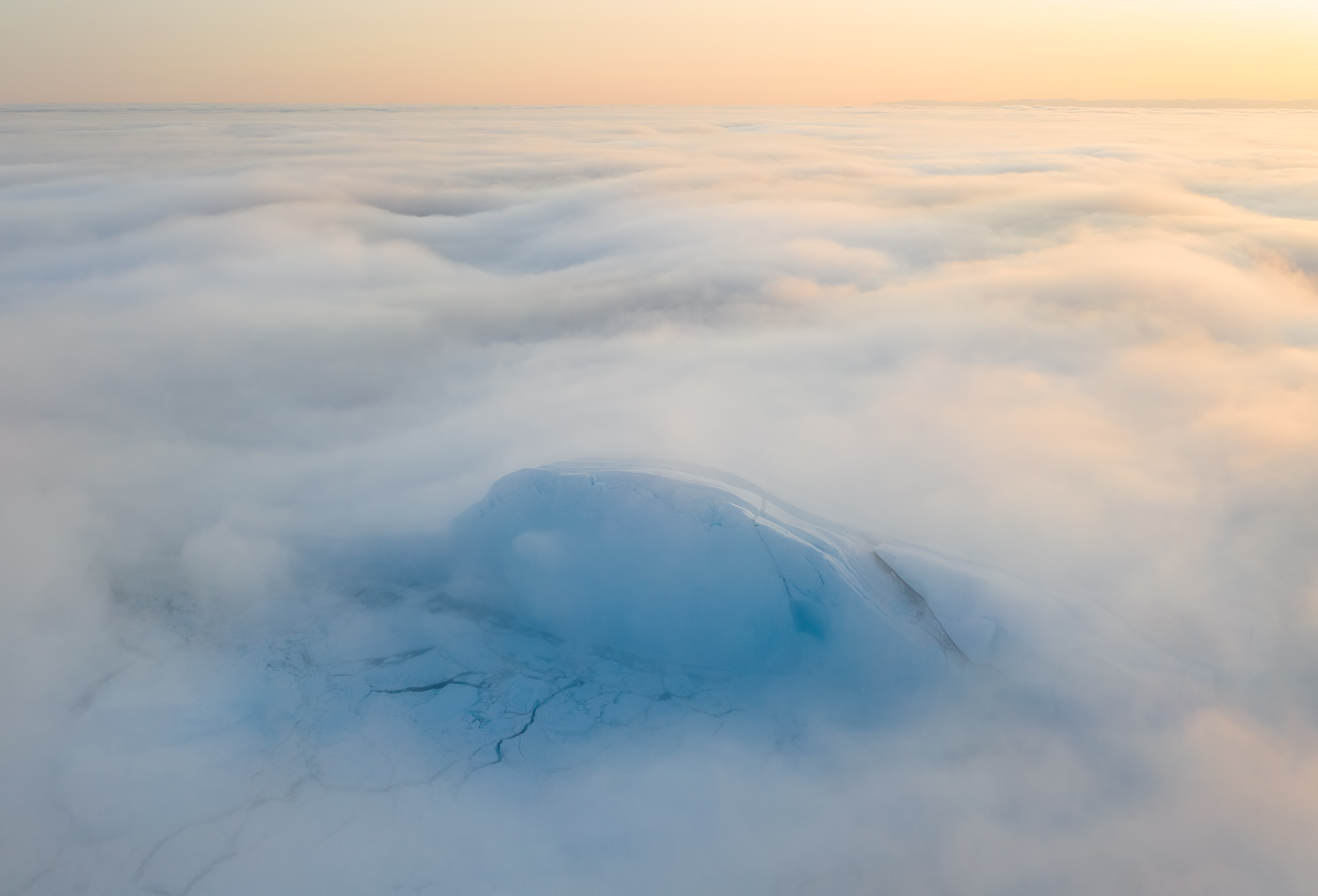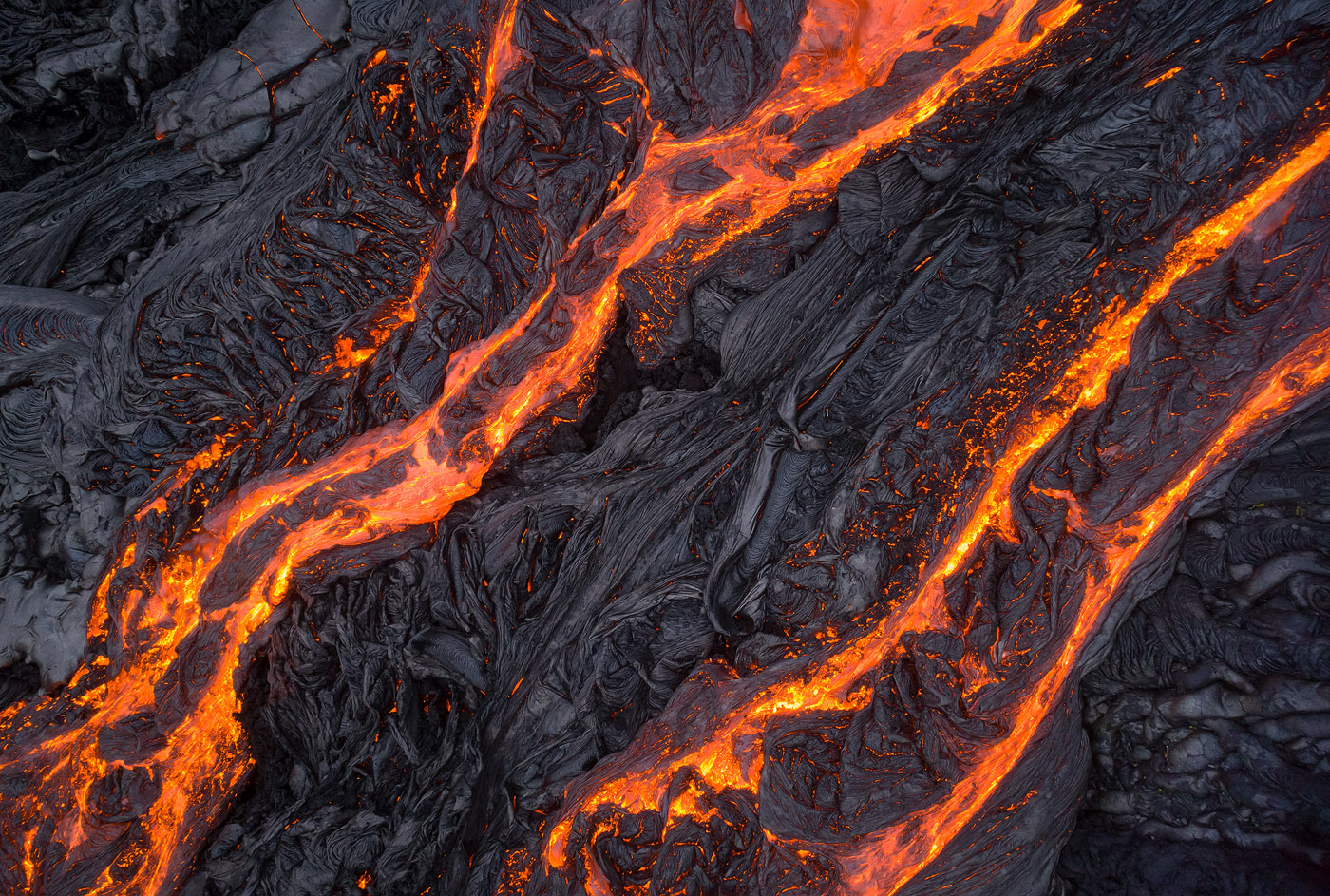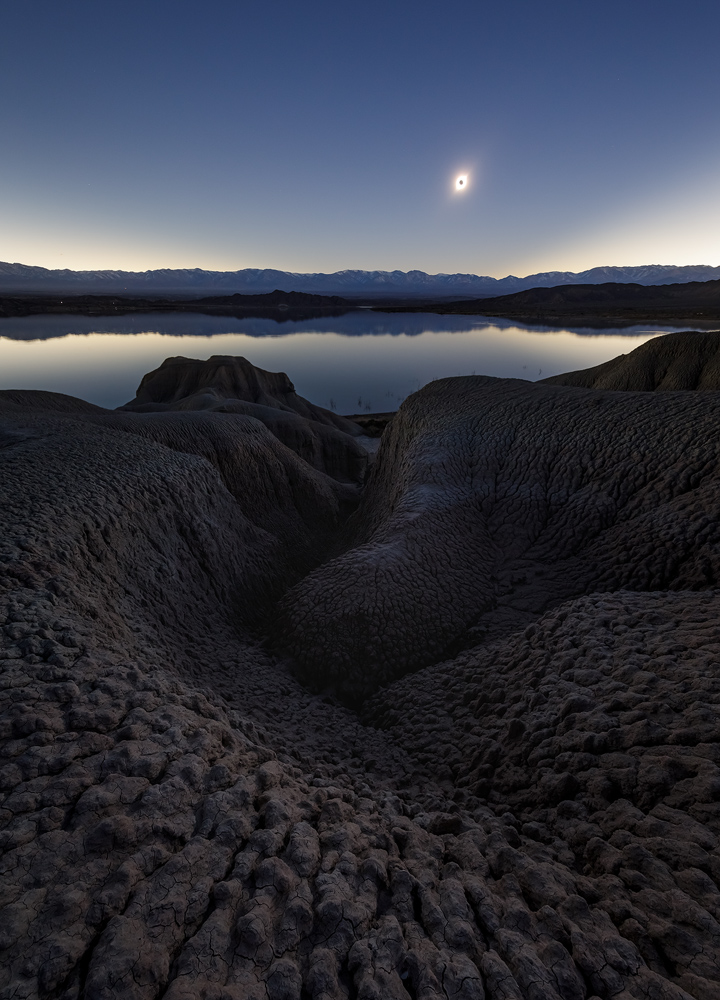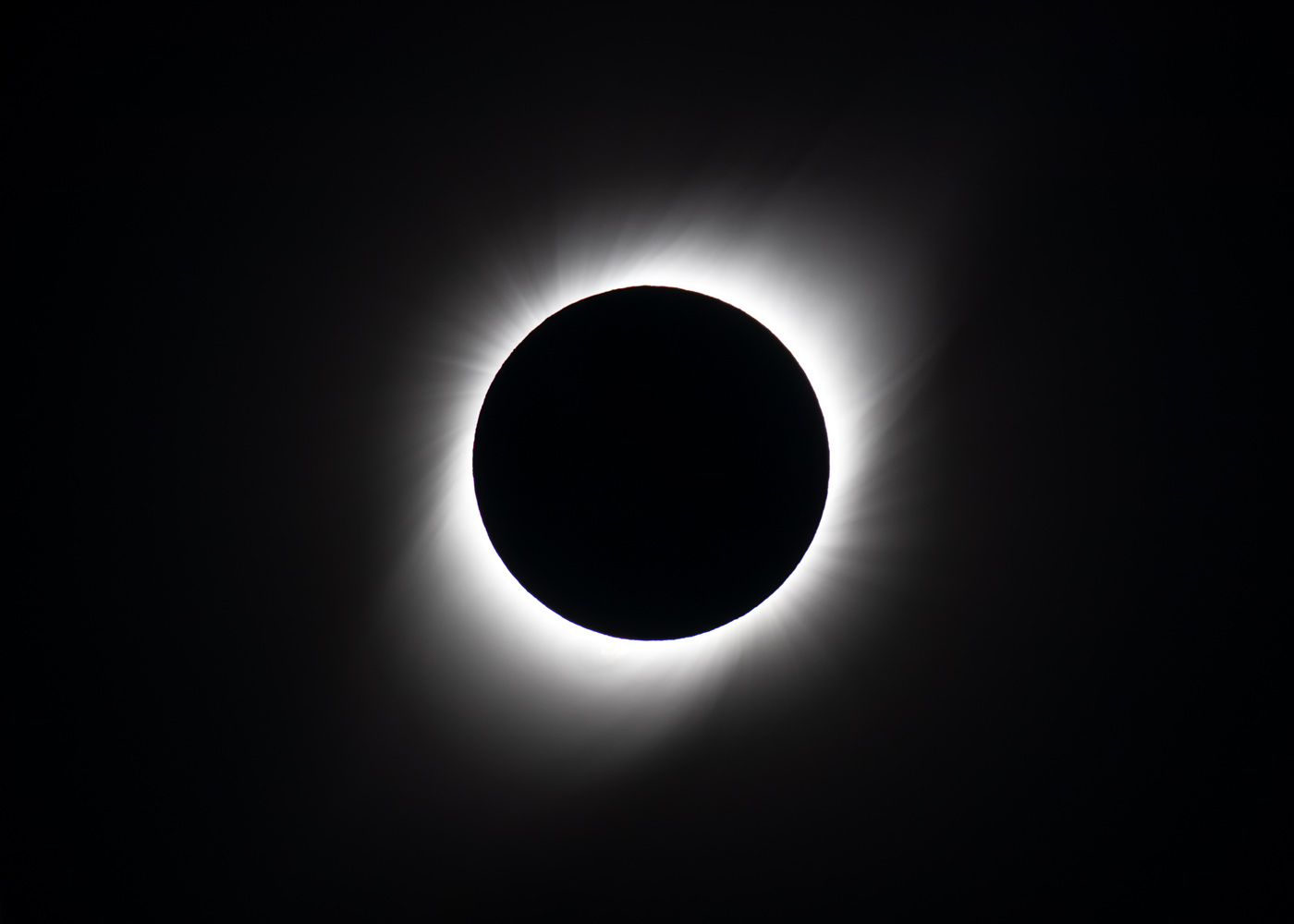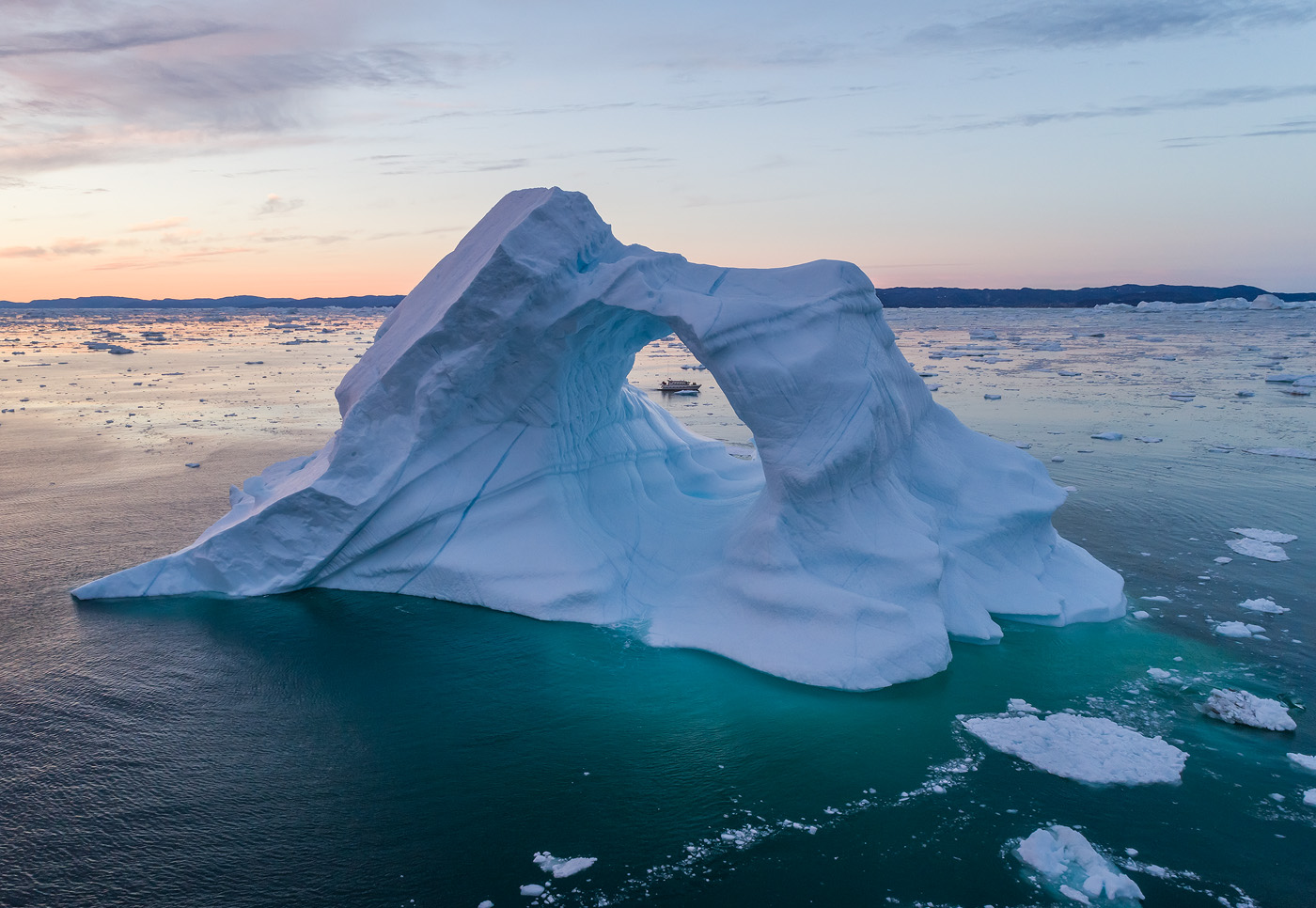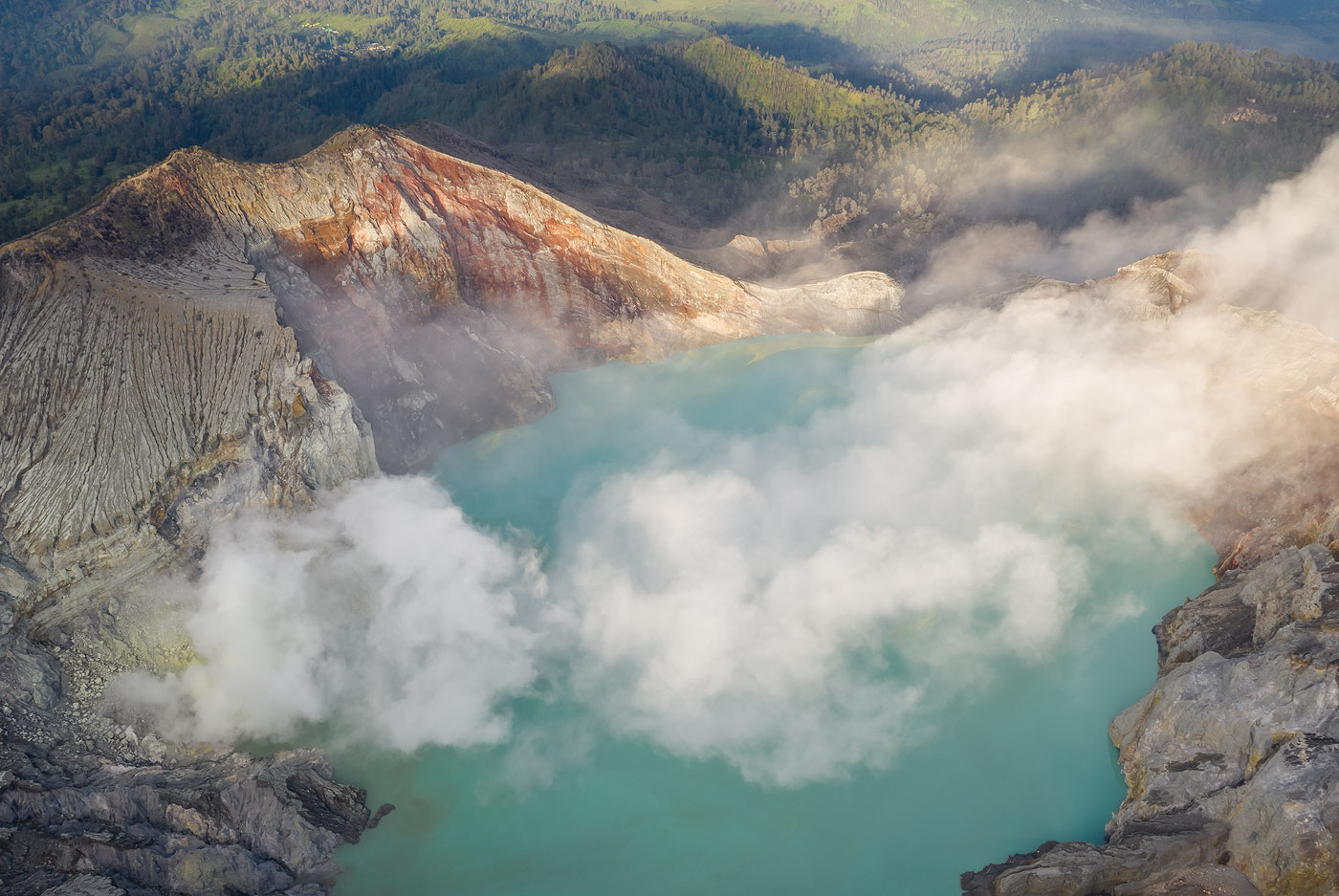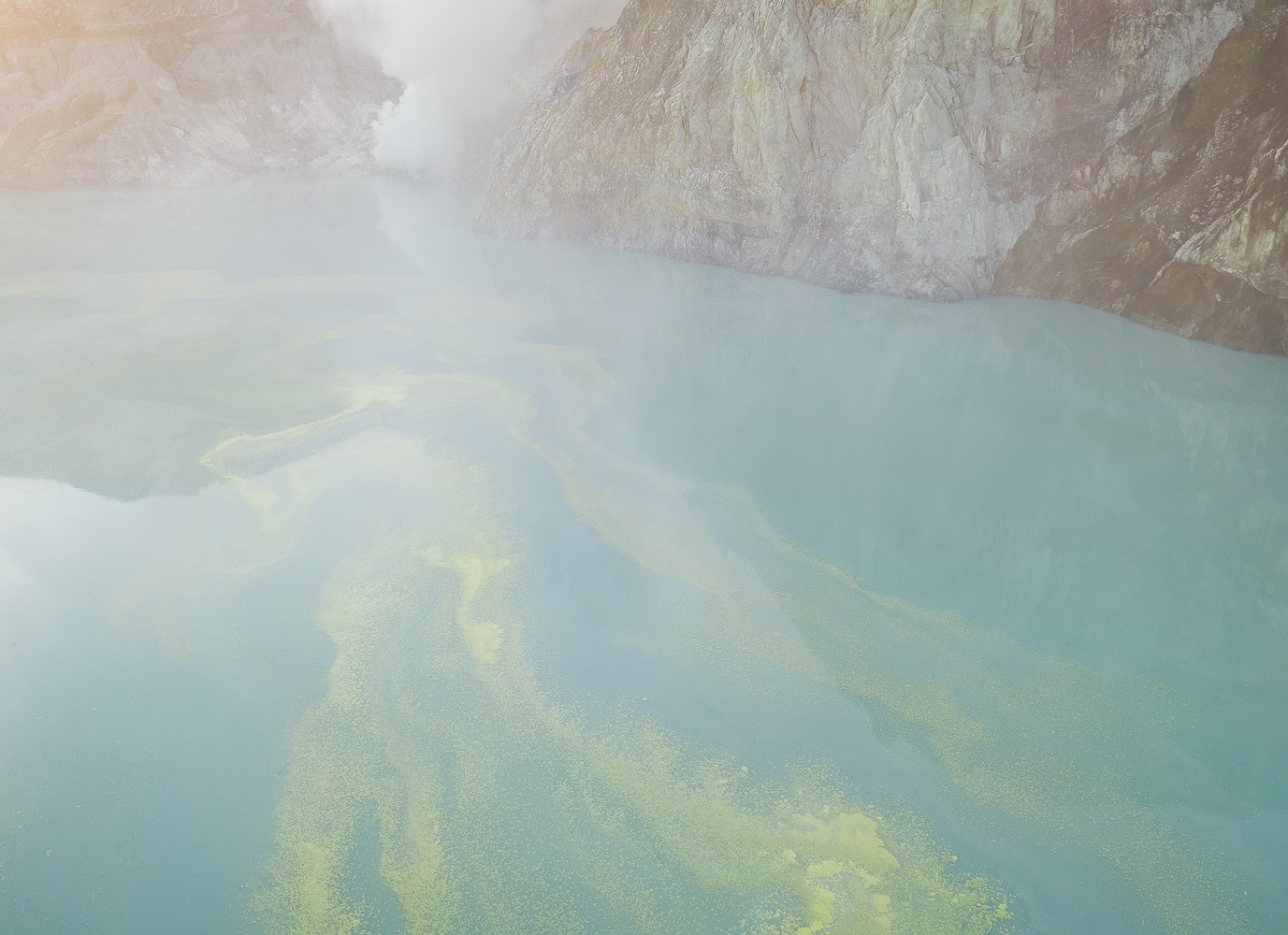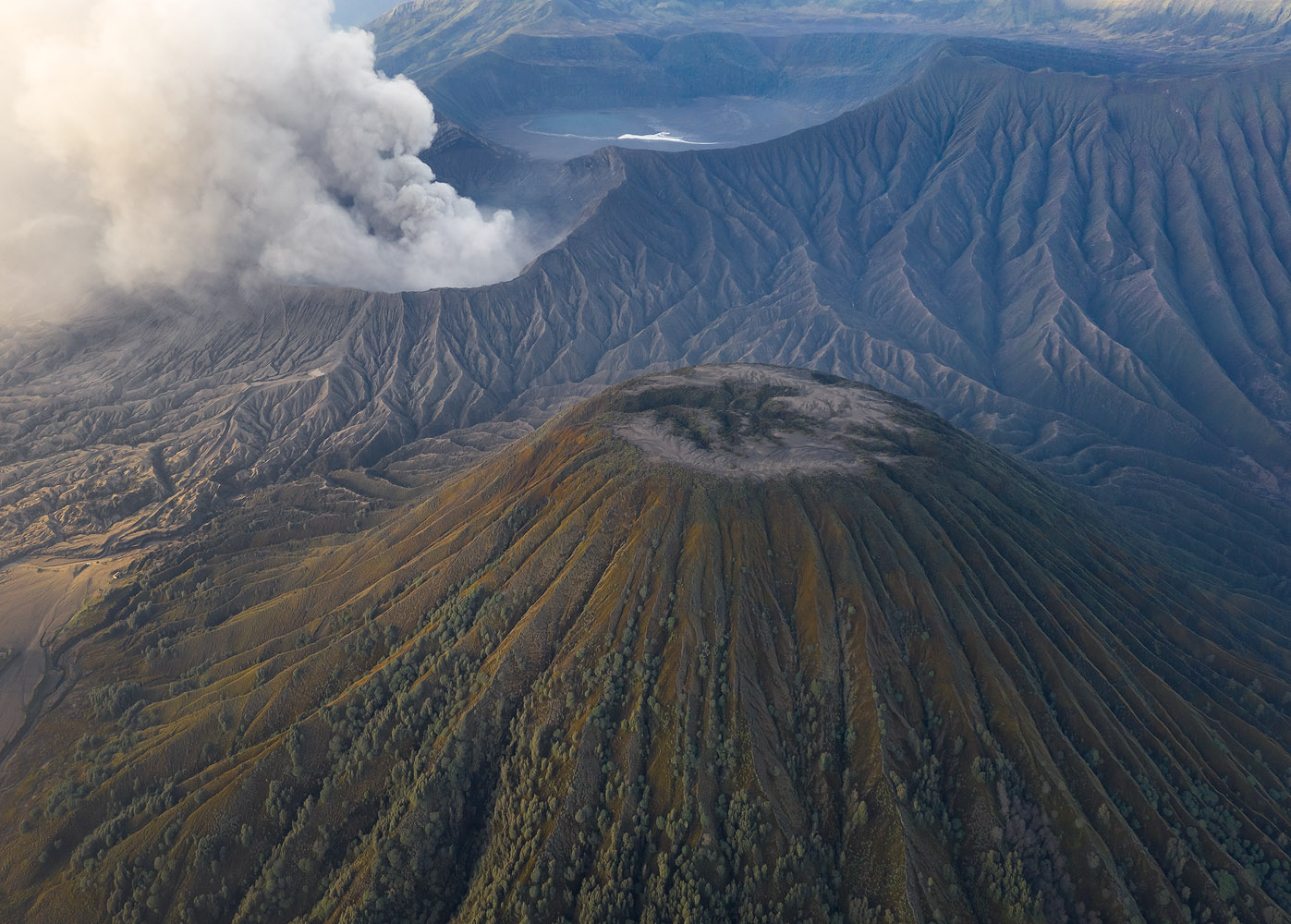Erez Marom Photography
Landscape Photography with a Drone - Part 4: Advantages (c)
Posted on 19th January, 2022 - Back to Blog Listings
In the previous articles in this series, I elaborated about the advantages of the drone, specifically that the drone offers more compositional opportunities, is cheap to run, portable, available anywhere and able to hover in place.
In this article I'd like to conclude the discussion of the drone's advantages by mentioning its ability to hover in place and its most fun facet: its fearlessness in the face of danger.
Ability to hover
The ability to effortlessly hover in place is unique to the drone. True, good helicopter pilots can hover efficiently, but neither with the same GPS-controlled accuracy as the drone, nor with its ability to go near the subject. In terms of stability, a drone can only be compared to a tripod in the sky, which in turn means that it allows three things: relatively long exposures, parking abilities and immaculate precision.
Long exposures can be useful when the photographer wants to convey a sense of motion in an image. For example, an exposure of half a second or more can smear moving water, creating pleasing lines and a clear feel in an image. Under sufficiently still weather, a modern drone can shoot sharp images at half a second, a second or even more. Multiple attempts can result in a sharp shot even when shooting a several second long exposure - an unprecedented achievement for any aerial shooing (that doesn't use a heavy, expensive gyro-stabilizer).
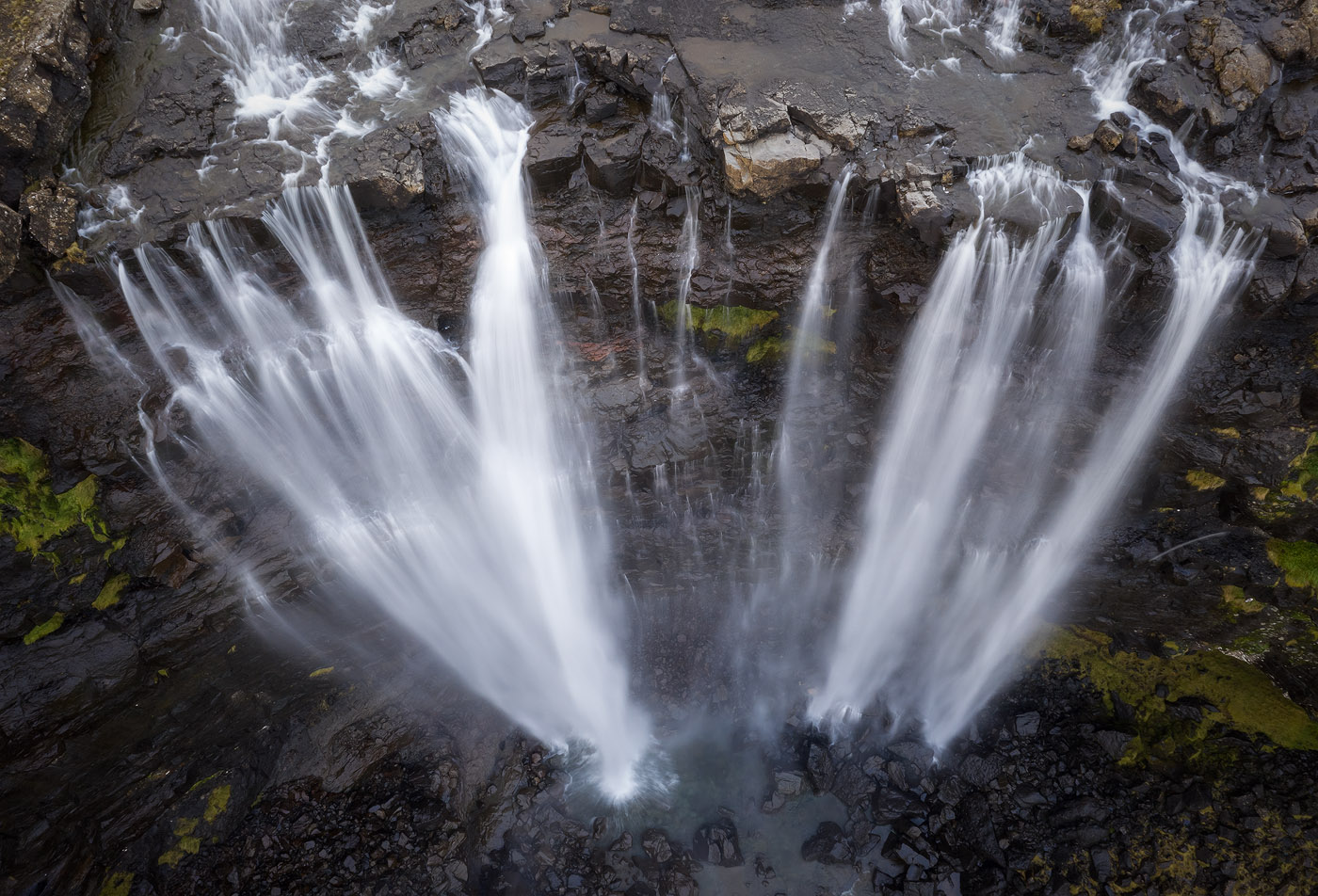
DJI Mavic II Pro, 1/2 sec, F11, ISO 100.
I'll explain and demonstrate what I mean by 'parking abilities' with an image I took earlier this year. I was shooting the total solar eclipse over lake Cuesta Del Viento, in the San Juan province of Argentina. Totality lasted for a mere 2 minutes (which seemed more like 45 seconds), during which I tried to shoot a wide-angle focus-stack, a telephoto closeup of the corona, and an aerial of the eclipse reflecting in the lake above the badlands. Naturally, I had set up my wide angle and telephoto compositions beforehand, but the point here is that the drone allowed me to set up my aerial composition as well.
I composed the shot about 5 or 10 minutes before the totality, and left the drone hovering in place. Once I was done with the two DSLR shots, I took the remote to find the aerial composition exactly how I had left it. This saved me precious time and allowed me to take all three shots in a very narrow time frame. The drone reflection shot, more than anything, is a true once-in-a-lifetime shot.
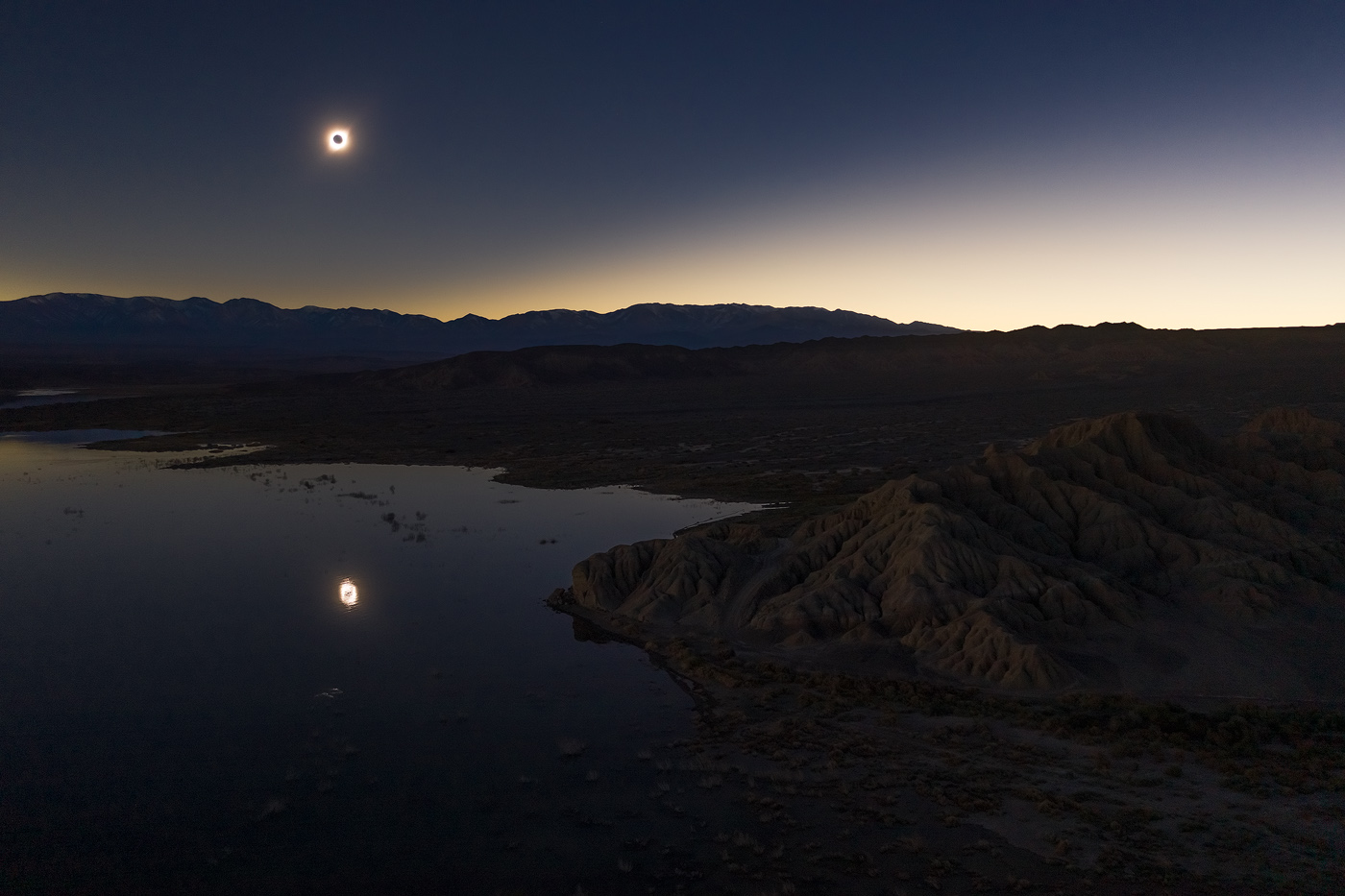
DJI Mavic II Pro, 1/10 sec, F2.8, ISO 100. Lago Cuesta Del Viento, San Juan Province, Argentina
Finally, the controls of a modern drone allow for unprecedented precision. The drone can move very delicately (some drones offer a 'tripod mode' for extra delicate movement) and enables the photographer to create and capture a balanced image. This is especially important when shooting in close distances to certain subjects.
Fearlessness in the face of danger
A major advantage of the drone is the fact that you can endanger it with little consequence. As a nature photographer who lives and breathes extreme environments, I can't stress enough how overwhelming it is.
A drone doesn't care about breathing toxic gases. A drone doesn't care about being uncomfortable, hot, cold, breathless or tired. A drone is a robot, a slave to your will and it will go wherever you tell it to go. It will scream if the battery is about to run out, it will quietly protest if you try to fly in windy weather, its sensors will avoid contact with close-by objects, it won't let you fly near airports (thank goodness). But other than that, it will obey the commands of its master, however stupid or dangerous... which gives the photographer a perfect opportunity to be as daring as he wishes.
Please note that I'm only legitimizing risking the drone, not people's health. I will cover drone etiquette in a future article, but for now, let me stress that I'm talking about flying both legally and (even more importantly) morally, where there are no chances of people or the environment being harmed by the drone. Luckily, as a nature photographer, it's easy to stay on the right side of legality and morality, simply because I do most of my shooting alone in the wild, without people or buildings around me. The worst thing that can happen to me is losing the drone (that has happened, of course, a tale which will be told in the future).
No person, and no manned aircraft for that matter, would dream of flying meters above an active volcano. Only uninformed people would go near an ice-arch, which can collapse at any moment with tragic consequences. But a drone can, and will do so happily. This fact opens a myriad of options which simply aren't there without a drone. Let's see some examples and explore the dangerous side of landscape photography.
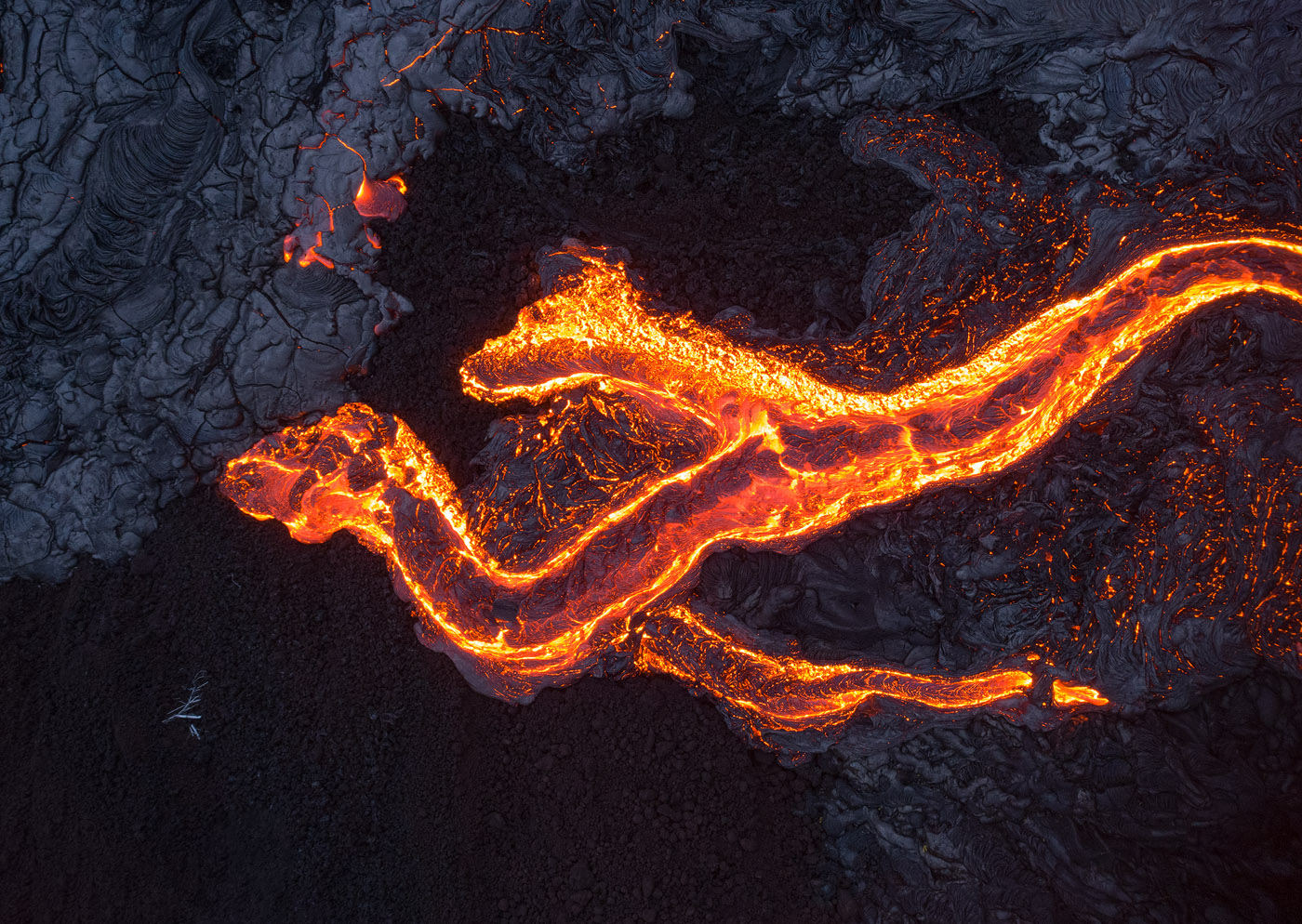
DJI Phantom 4 Pro, 1/8 sec, F6.3, ISO 400. Taken outside of Volcanoes NP, Island of Hawaii.
I wrote extensively about my Hawaii volcano photography in a previous article, but I'll mention here that it was an amazing shoot during which I flew my drone very close to the lava, closer than I'd ever venture myself. The red-hot lava was so hot that it melted my drone camera, the perfect example of the drone going where no man would, and coming back in one piece (if damaged).
The shoot was more than worth losing the drone, both financially (the images and videos sold for many times what I paid to fix the drone) and in the images I got from it. It was a once-in-a-lifetime event, and I risked the drone knowing very well I could lose it at any moment. Actually, it was the very fact that I melted the drone camera, rather than the unique images I got, that made this series go viral, and got me a front-page National Geographic website feature and interview.
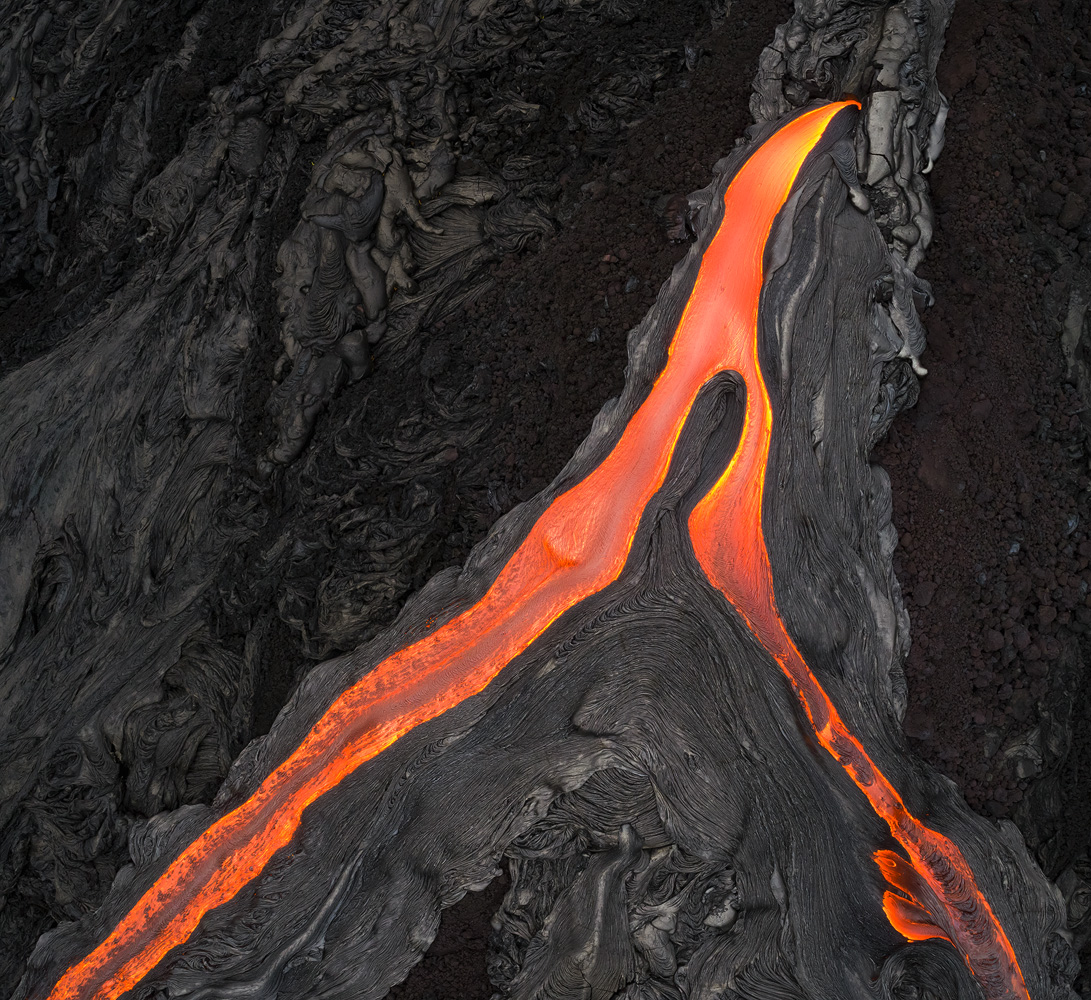
DJI Phantom 4 Pro, 1/100 sec, f/6.3, ISO 400. Taken outside of Volcanoes NP, Island of Hawaii.
From lava to ice. It is well known that large icebergs can be extremely dangerous. They can not only collapse catastrophically, but they can flip over, and both these scenarios involve dislocation of a huge amount of ice and water, creating high waves and endangering everyone sailing within a substantial radius. But again, a drone doesn't care. It will fly under close-to-collapsing arches, hover meters away from gigantic icebergs and go where no man would dare.
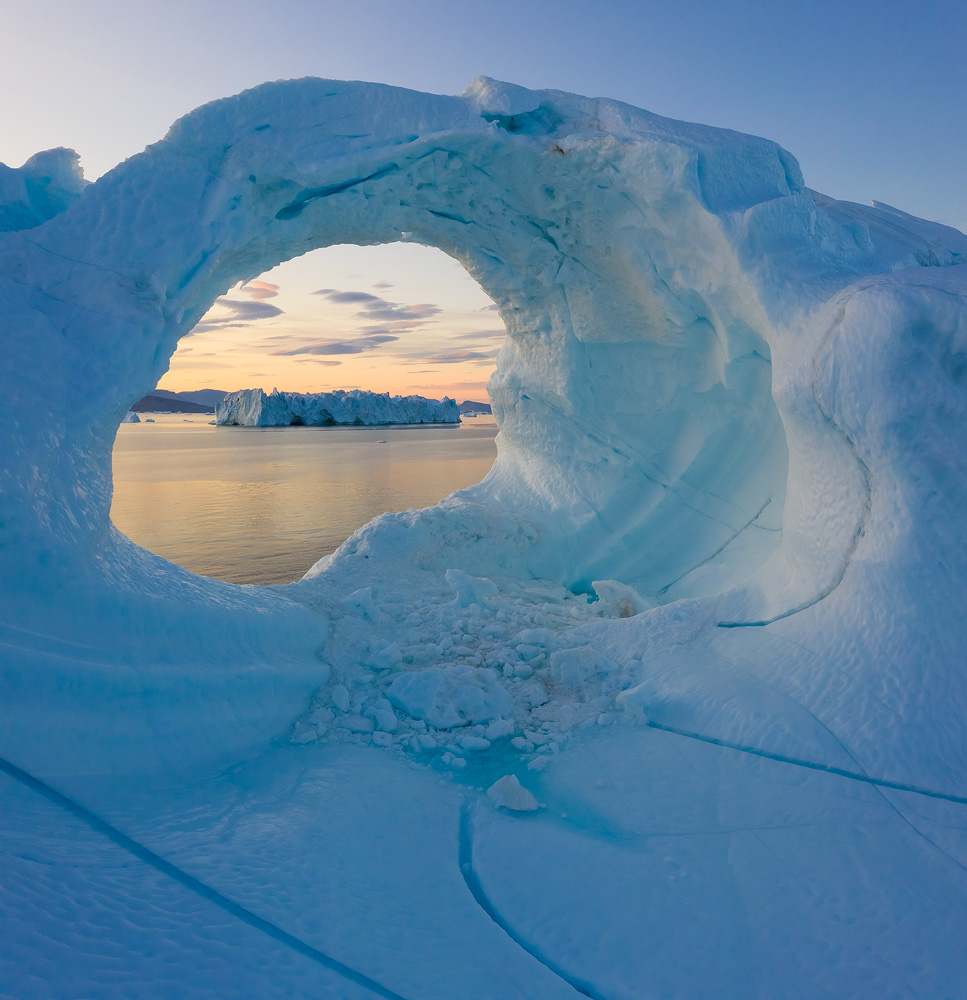
DJI Mavic II Pro, 1/30 sec, f/8, ISO 200, vertical stitch. Uummannaq, Greenland
To get the composition I wanted with the faraway iceberg and lenticular clouds framed inside the hole in the closer iceberg, I had to get very close to the ice. Needless to say, this would have been impossible in any other way, as I wouldn't step on this iceberg, and no manned aircraft would fly this close to it.
DJI Mavic II Pro, 1/30 sec, f/8, ISO 200, vertical stitch. Uummannaq, Greenland
There are even more advantages to using a drone. The more you use it, the easier it is to use and the more freedom it gives you. Other points I won't elaborate on are:
- The drone, unlike a manned aircraft, doesn't pose any obstacle to shooting. Manned aircraft have rotors (in helicopters), wings or beams blocking your view. The windows in light planes can also limit your range of motion.
- Your carbon footprint is significantly lower with a drone compared to manned aircraft.
- It's a good conversation starter.
- It's so much fun to fly.
- In the next article in the series, I'll discuss the other side of things: the disadvantages and limitations of the drone.

